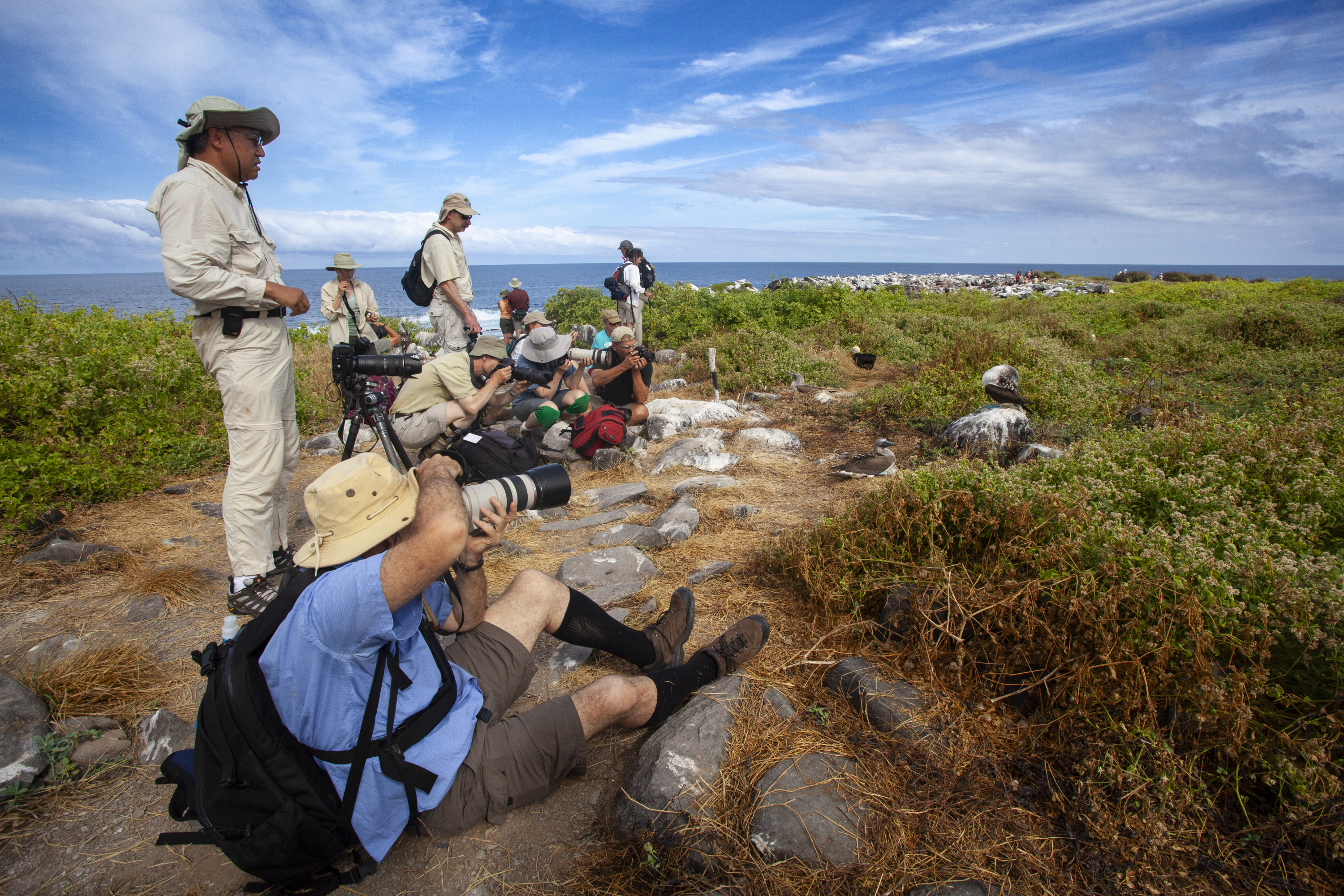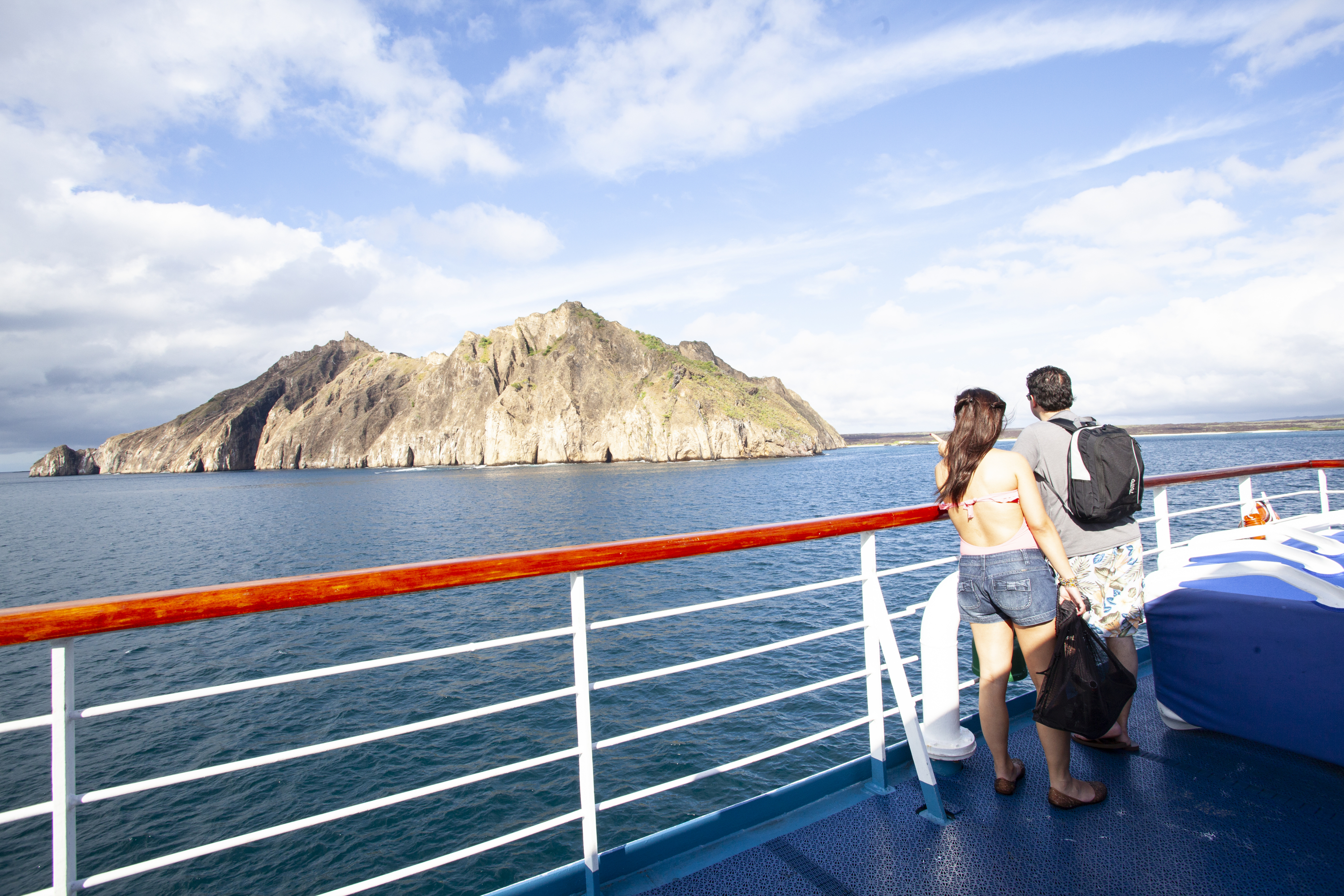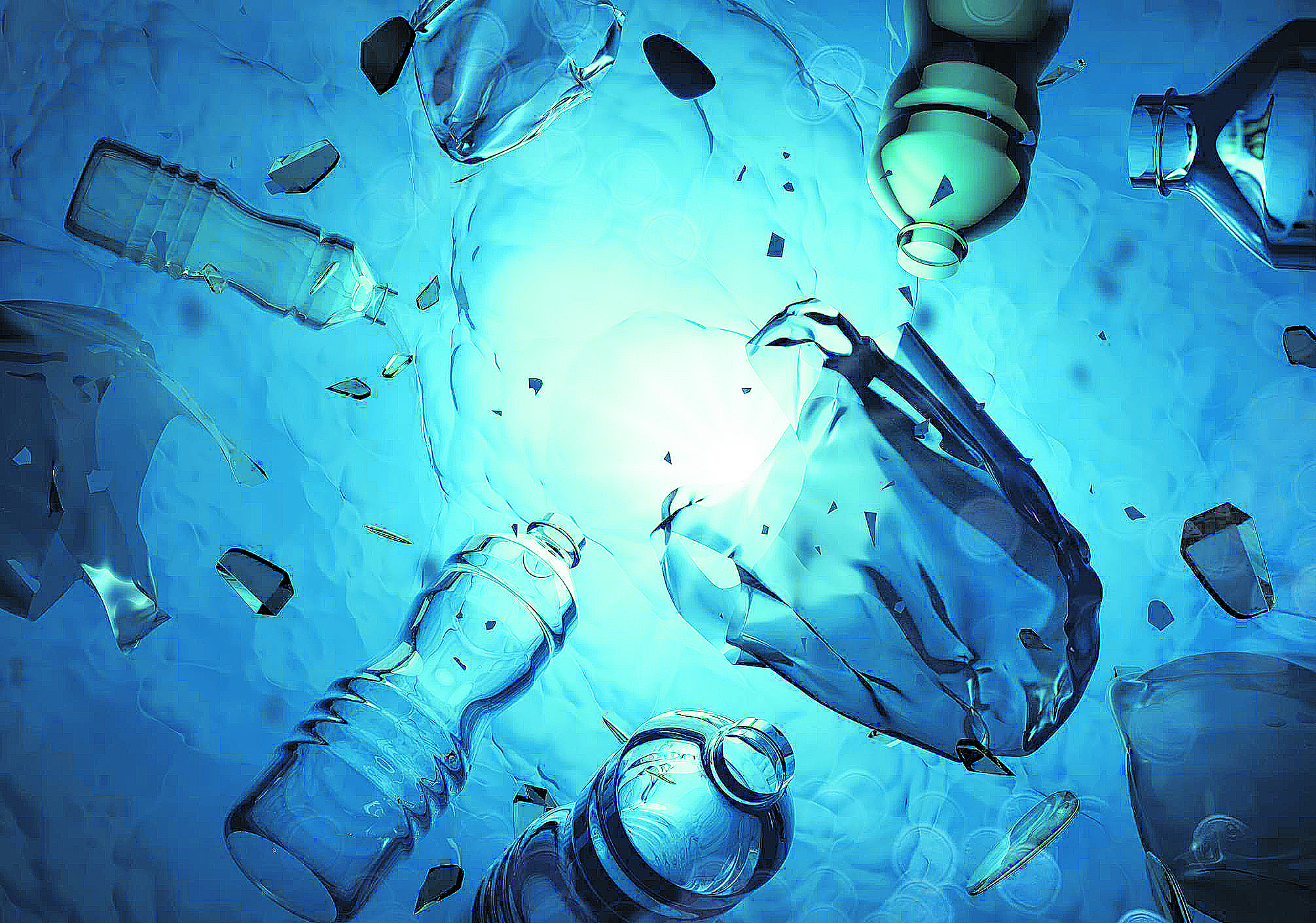A microplastic analysis laboratory opens in the Galapagos archipelago, seeking to lead environmental research worldwide.

Ecuador's Galapagos archipelago, classified by UNESCO as a World Heritage Site in 1978, officially hosts the first microplastic analysis laboratory this Thursday , with support from the International Atomic Energy Agency (IAEA), among others.

The islands are located in Ecuador and are an archipelago composed of 13 major islands. Photo: Andrea Moreno. CEET.
"Ecuador is going to be a reference point for the region and the world. You should feel very proud because the capacity that has been created will not only help you understand the impact of microplastics on coastal and marine ecosystems , but it will also help the region and the world understand what is happening with microplastics," said Ester Monroy, Ecuador's program manager for the IAEA's Technical Cooperation Department.
Plastic components The laboratory work on Santa Cruz Island will help us understand the plastic component that is contaminating this area of the Galapagos Islands and how it impacts coastal marine ecosystems.
The IAEA has provided more than $811,000 in equipment and personnel training for the laboratory, which also houses the Ecuadorian Navy's Oceanographic Institute (Inocar) .
The laboratory's creation process began in 2021, and although the inauguration was this Thursday, measurements have already been taken that will allow Ecuador to understand, among other things, the currents through which plastics travel, which then become microplastics.

The Galapagos Islands are of volcanic origin, and many are made of basalt. Photo: Andrea Moreno. CEET.
With this information, much more accurate monitoring and control measures can be adopted, which will be shared with other countries to determine the impact of pollution in remote areas of the archipelago, where plastics bearing inscriptions in different languages are carried by currents into their waters.
Those close to the project told EFE that, although the laboratory "is not large, it is powerful," with advanced equipment that allows "clear identification of the type of microplastic."
And, although there are other microplastic analysis laboratories in other countries in the region, Ecuador's is "practically among the first" in terms of technology, they asserted.
With this laboratory, Ecuador becomes a " benchmark for understanding plastic pollution and taking action, even at a global level , on how to address this issue," they noted.

In the lab, you'll be able to learn about the currents through which plastics travel. Photo: iStock
At the end of March 2024, Virginijus Sinkevicius, the European Union (EU) Commissioner for Environment, Oceans and Fisheries, reiterated the need to agree on a Global Plastics Treaty after verifying that microplastics are present in the Galapagos Islands , one of the best-preserved reserves in the world.
Sinkevicius participated, along with some young people, in a microplastic cleanup demonstration on the so-called "Enchanted Islands" at Tortuga Bay, one of the archipelago's most emblematic and iconic beaches .
Together with the young people, he found that when the fine white sand of this beach was sifted through a sieve, tiny particles and pieces of degraded plastic appeared that the sea had brought to that spot, which is part of the Galapagos National Park.
These microplastics are ingested by the different species that inhabit the area and make them part of their diet , such as the dozens of iguanas that usually rest and sunbathe on this extensive beach.
The Galapagos Islands, which in the 19th century led British scientist Charles Darwin to develop his theory of evolution and natural selection, are made up of thirteen islands about a thousand kilometers west of the continental coast of Ecuador and have been declared a World Heritage Site since 1978.
eltiempo




